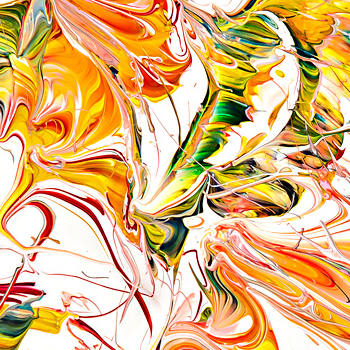During the inflammatory response, what causes arterioles in the damaged area to dilate? Is it interferon, the action of macrophages, histamine, or swelling and heat?
1 Answer
There are multiple contributors, but yes, histamine is the major contributor.
Explanation:
Questions with the immune system are always fun because the answer is never simple:
There are multiple contributors to dilation of the blood vessels (proper term is vasodilation). These include:
Histamine
Nitric oxide
Prostaglandins
These components are all contained within a special cell known as the mast cell, which exists near blood vessels. When a mast cell is activated, it releases the histamine, the nitric oxide, and the prostaglandins. And while histamine is the major contributor, it is through the combined efforts of all these substances that vasodilation is achieved and sustained.
You may ask what, then triggers the mast cell? Several things can trigger mast cell activity, tissue injury for instance. In that case, damaged cells will release substances known as cytokines, which ultimately leads to mast cell activation and vasodilation.
Two cytokines in particular (interleukin-1 and tumor necrosis factor alpha) are particularly effective in activating the mast cells and initiating the inflammation process.
Hope this helps!
~AP

